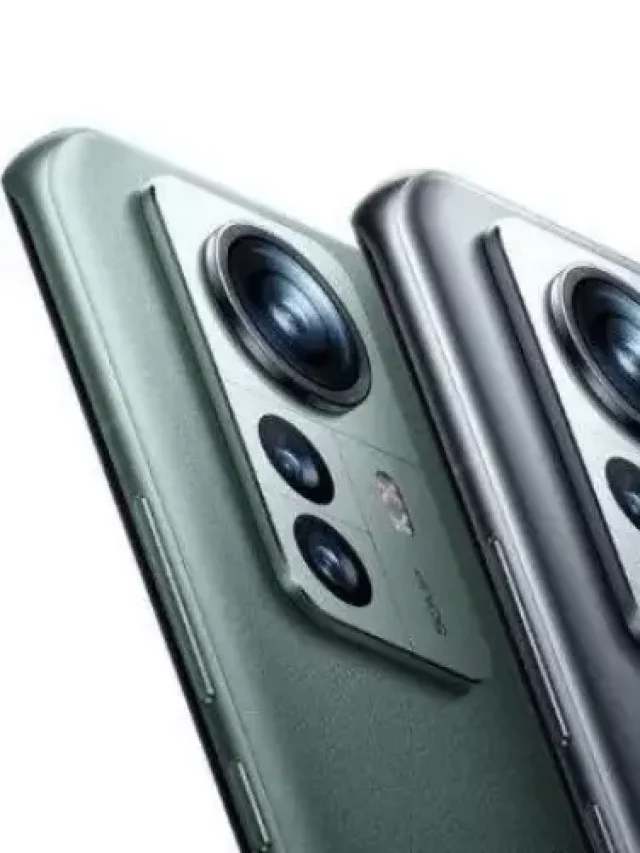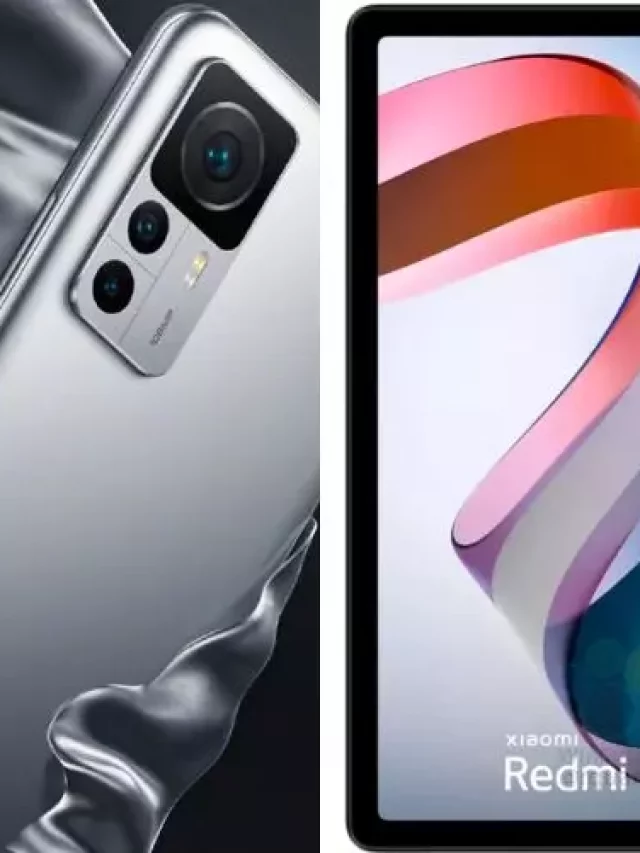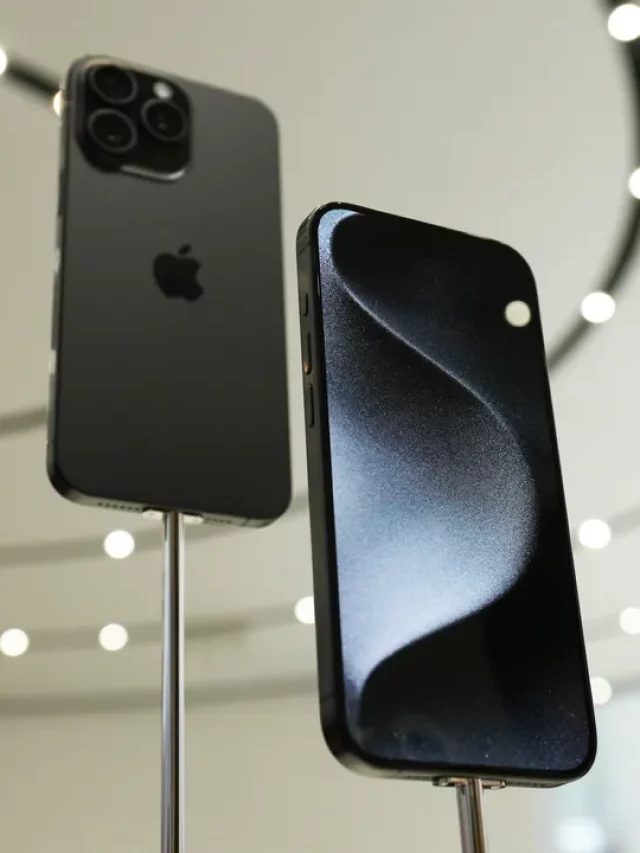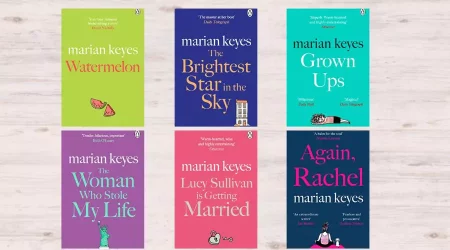The pencil’s simplicity, along with the physical connection it establishes between the artist’s hand and the paper, cultivates a distinct and personal kind of creativity. No matter your level of artistic expertise, the act of drawing with pencils may be a peaceful diversion, a record of passing ideas, and a vehicle for bringing one’s imagination to life via the medium of graphite. In this blog, Findwyse will discuss the tools and techniques that transform mere sketching pencils into powerful instruments for artistic expression.
Different Grades For Sketching Pencils
Pencil grades typically fall on a continuum from H- indicating hardness to B- indicating softness, with F- representing a fine tip and HB- representing hard black positioned in the centre. Every grade fulfils a distinct function when wielded by an artist.
Pencils with higher hardness ratings, ranging from 4H to 9H, create fainter and more delicate lines, which makes them well-suited for elaborate and accurate details. These pencils are ideal for creating precise technical drawings and first outlines. In contrast, softer pencils such as 9B to 4B produce darker and wider strokes, which are ideal for shading and enhancing the dimensionality of your works. The middle range, spanning from F to 2H, provides a harmonious blend of accuracy and depth, making it well-suited for many drawing applications.
Creating Depth and Dimension with Varied Pencil Strokes
Regulating Pressure
Modulating the pressure applied to your pencil enables you to generate a variety of line thicknesses. Applying less pressure creates more delicate lines that are excellent for distant or fragile parts, but applying more pressure creates stronger lines that are ideal for front details.
Cross-Hatching
Explore the method of cross-hatching, which entails the use of crossing lines. Play with the density, angle, and spacing of your lines to communicate various hues and textures. This technique is very efficient for implying shadows and adding intricacy to your designs.
Scumbling
Attain a textured and blurred look by delicately scribbling or scumbling with your pencil. This approach is optimal for depicting atmospheric aspects or implying delicate variations in the backdrop.
Stippling
Achieve depth by using stippling, a technique that entails constructing your picture with little dots. Clusters with a higher density of dots might indicate darker places, while patterns with fewer dots imply brighter parts. Stippling is very effective at capturing subtle details and adding texture.
Layering
Employ successive pencil strokes to create more intricate shading and intensify the three-dimensional aspect of your drawing. Commence by using gentle strokes and then build up with deeper ones, adjusting the pressure as necessary.
Directional Strokes
Ensure that you carefully consider the direction in which you make your strokes. Vertical strokes might elicit a perception of height or stability, while horizontal strokes may indicate movement or distance. Engaging in stroke direction experimentation enhances the overall visual storytelling.
Negative Spacing
Utilize negative space to create forms and highlight positive components. Rendering the negative spaces around objects may provide a perception of shape and organization, augmenting the illusion of three-dimensionality.
Linear Perspective
Use linear perspective by using converging lines to indicate depth and distance. This method is particularly efficient when used in architectural or landscape sketching.
Top Picks For Sketching Pencils For The Best Strokes
-
Derwent Professional White Paper Stump Pencils (Pack of 3)

The Derwent Professional White Paper Stump Pencils (Pack of 3) offer a refined smudging and blending experience for charcoal, pastels, or graphite. With defined pencil-like tips, they ensure precision and cleanliness. The white rice paper material enhances smoothness and effectiveness, surpassing regular paper stumps. These stumps elevate your artistic toolkit and are very easy to clean or sharpen with sandpaper, making smudging and blending a breeze.
2. Faber-Castell PITT Artist Graphite Pencils and Accessories (Pack of 11)
The Faber-Castell PITT Artist Graphite Sketching Pencils and Accessories redefine sketching pencils with an innovative ultra-matt graphite laydown, minimizing reflection. Offering dense tonal values from HB to an unprecedented 14B, this tin includes a range of pencils, erasers, sharpeners, and blending stumps.
3. WHSmith Pure Graphite Pencils
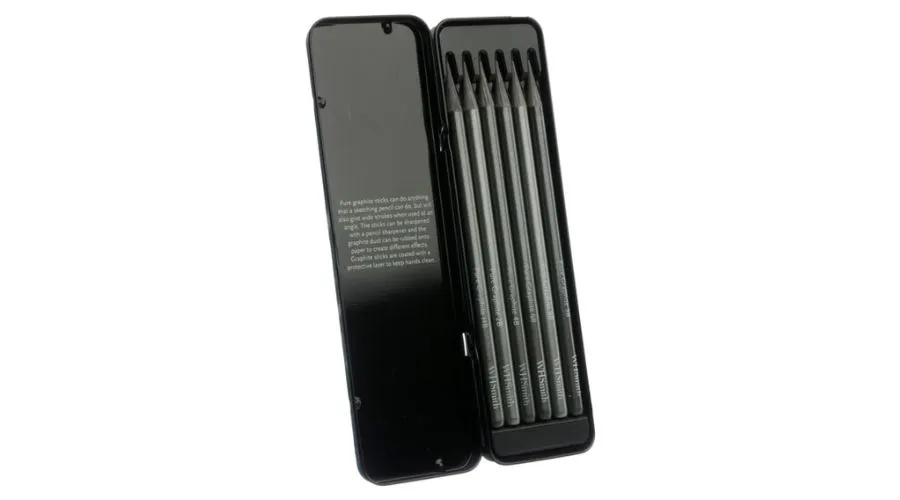
WHSmith Pure Graphite Pencils offer an impeccable balance between light and dark tones. This set of 6 pencils, ranging from HB to 9B, ensures versatility for artists. With wider strokes than standard pencils, they are a must-have for any artist’s toolkit. Packaged in an elegant tin, these pencils make a thoughtful gift for art enthusiasts, making sketching experiences even better with precision and depth.
4. Staedtler Design Journey Sketching Set
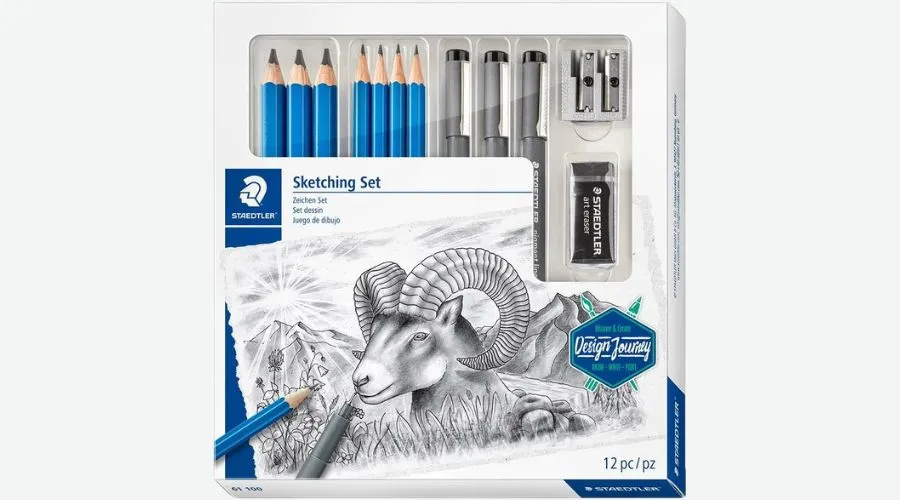
The Staedtler Design Journey Sketching Set offers a comprehensive range for budding artists. With a mix of standard and jumbo Mars Lumograph sketching pencils, black pigment liners, an art eraser, and a double-hole sharpener, it’s perfect for beginners and those exploring diverse sketching pencil techniques. This set is a valuable addition to the Design Journey series which provides essential tools for creative expression.
Conclusion
Exploring various pencil grades expands the range of options available and enables you to express a range of moods, textures, and contrasts in your drawings. It is equally important to comprehend the distinctive attributes of each grade that enables artists to create a subtle and evocative spectrum in their artwork, turning a blank canvas into a fascinating visual story. Check out the vast assortment of sketching pencils on WHSmith today for the most definitive strokes you can imagine.
For more information visit Findwyse





